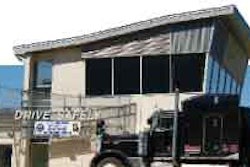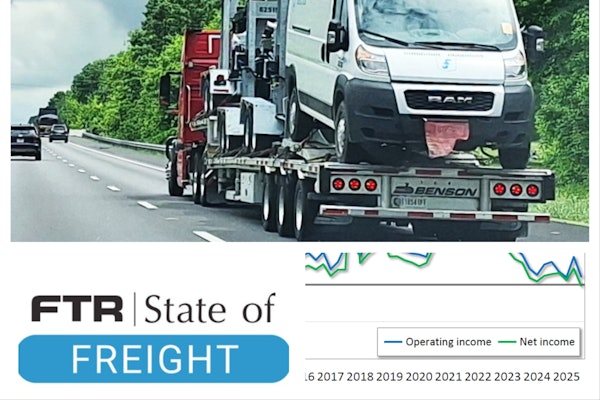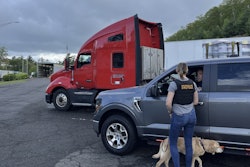
My recent columns have been helping you get ready to grow beyond one truck. Now, with clear objectives, let’s create your plan with the end in mind.
When pursuing their own operating authority, most people focus on the paperwork and other details of obtaining that legal status. That can be obtained easily through service providers.
Instead, focus on the business model and the day-to-day operations of your trucking company in three major areas.
SOLICIT FREIGHT FROM LOCAL SHIPPERS. To find quality freight, I would recommend against running strictly off of load boards. Otherwise, you will work harder, take more risk and ultimately make less net revenue than you did being leased to a quality carrier. Consider lining up freight directly from shippers in your area. This isn’t easy. A spouse or a partner who can run your sales side is a huge help.
If not, create strong relationships with a couple of key, proven freight brokers in the lanes you want to run. You can also use a broker to work as your sales agent in a certain area.
Specializing in a freight niche, too, might help you bypass competition with the big carriers by finding freight they don’t handle well, such as items that need special attention or special skills. Ask every shipper you meet about the most difficult load. Develop ways to make that load easier.

STAY ON TOP OF COMPLIANCE. If you get your authority, you have two options for managing compliance: 1) Go it alone or 2) pay a service to do it. I’ve found that most service fees are very reasonable and save time.
Handling compliance is often heavy with paperwork and involves several government agencies. If you attempt it on your own, you may miss a critical step in the process. Many companies that will handle start-up compliance can also help maintain it. The issues include:
• Authority
• Registration
• IFTA
• Permits
• Log validation
• Drug testing
• FMCSA
Consider joining associations that can help with this and other services, such as the Owner-Operator Independent Drivers Association, the National Association of Small Trucking Companies, the Truckload Carriers Association or your state trucking association.
MANAGE CASH FLOW CAREFULLY. You may be accustomed to a weekly settlement check from your carrier. Running a business is quite a bit more difficult when money arrives sporadically, and occasionally not at all. Many new trucking companies turn to factoring their freight bills to help with cash flow. It seems like such an easy answer – you give them freight bills, they give you cash, minus a fee.
There are two types of factoring: recourse (if the customer doesn’t pay, you must buy back the invoice) or non-recourse (you sell the invoice for a lower price and are not held responsible for customer non-payment). Recourse fees typically range from 2 percent to 5 percent; non-recourse from 5 percent to 10 percent.
Here is where many get confused. You might pay pay 8 percent yearly for a truck loan or 18 percent yearly for a credit card. But don’t assume that an annual rate is comparable to a factoring fee, which is stated as a one-time fee or, if the collection drags out, on a monthly basis.
Many freight factoring companies will help in other ways, such as credit checks and collections, so your fees can yield more than just quick cash. Do your homework when it comes to factoring costs and, again, strive for quality freight, which should minimize the need for factoring.
Kevin Rutherford is an accountant, small-fleet owner and the host of “Trucking Business & Beyond,” which airs on Sirius XM Radio’s Road Dog Trucking Radio. Contact Rutherford through his website, LetsTruck.com.












